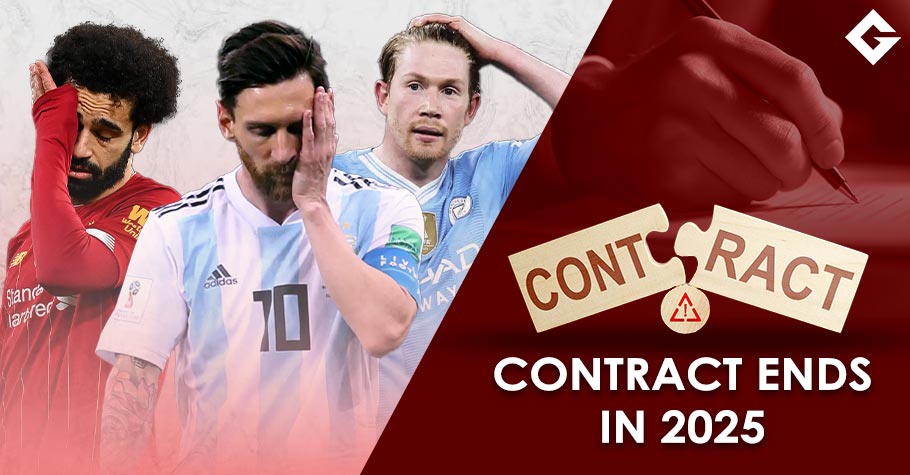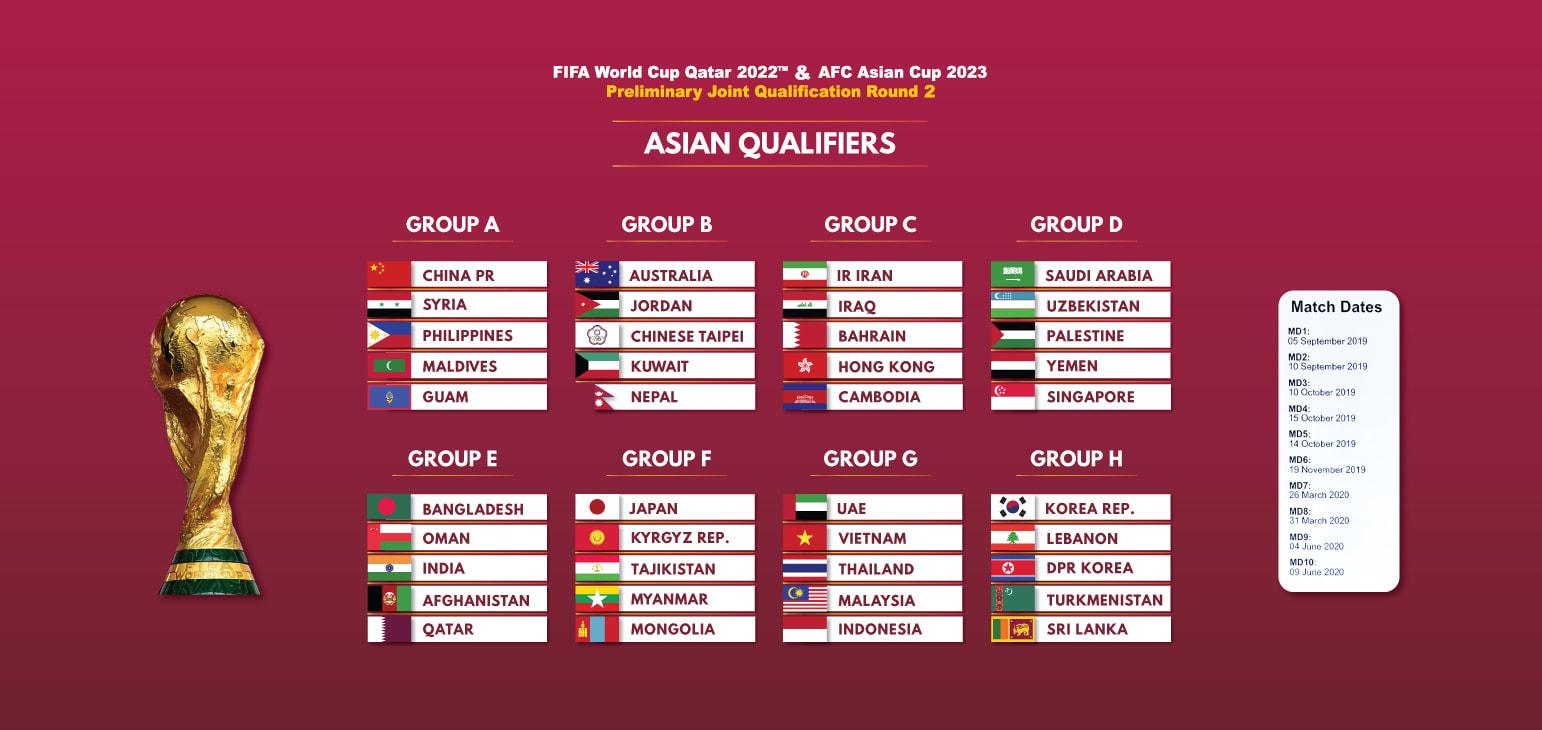
The Looming Deadline: Navigating Football’s 2025 Contract Extension Landscape
In the high-stakes theatre of professional football, where billions of dollars circulate and careers are forged or falter on the pitch, the humble contract extension stands as one of the most critical, yet often unseen, elements of success. It’s more than just a signature on a dotted line; it’s a strategic declaration of intent, a financial commitment, and a delicate dance between ambition, loyalty, and market value. As we approach the pivotal year of 2025, the footballing world braces itself for a flurry of contract negotiations, as numerous high-profile players and promising talents will enter the final stages of their current deals, forcing clubs and agents into a high-stakes game of chess.
The year 2025 is shaping up to be a significant juncture for clubs across Europe and beyond. Players whose contracts expire in the summer of 2025 will, from January 1st, 2025, be free to negotiate pre-contract agreements with other clubs, potentially leaving their current employers for free six months later. This "Bosman ruling" threat hangs heavy in the air, transforming the negotiating landscape and placing immense pressure on clubs to secure the futures of their prized assets or risk losing them for nothing. Beyond those directly affected, players on longer deals might also be due for improved terms or new contracts to reflect their increased value, further adding to the complexity.
The Stakes: Why Extensions Matter
For clubs, securing a contract extension is paramount for several reasons:
- Asset Protection: Players are valuable assets. Allowing a key player to leave on a free transfer is a significant financial loss, depriving the club of a potential transfer fee that could be reinvested.
- Squad Stability: Retaining core players ensures continuity, preserves team chemistry, and allows managers to build long-term strategies without constantly overhauling the squad.
- Sporting Ambition: Top players are essential for competing for trophies. Losing them weakens the team and sends a negative signal about the club’s ambitions.
- Financial Fair Play (FFP) / Profit & Sustainability Rules (PSR): While extensions involve salary increases, they prevent the need to spend large transfer fees on replacements, which can impact FFP/PSR calculations. A well-managed wage bill is often preferable to erratic, large transfer outlays.
For players, an extension represents:
- Financial Security: A new, often improved, contract provides stability and a significant increase in earnings, reflecting their performance and market value.
- Career Progression: Committing to a club can signify belief in its project, the manager, and the opportunity for continued development and success.
- Leverage: The final year of a contract grants players significant leverage. They can demand higher wages, better terms, or even a move to a club that better suits their aspirations.
For agents, contract negotiations are their bread and butter. Successful extensions mean significant commissions, enhanced reputation, and stronger relationships with both players and clubs.
Factors Shaping the Deals
The outcome of any contract negotiation is influenced by a myriad of factors, creating a complex web of considerations:
- Player Performance and Potential: This is the most obvious factor. A player consistently performing at a high level, especially one with significant future potential, will naturally command higher wages and better terms. A dip in form, or conversely, a sudden rise, can dramatically alter the negotiation dynamic.
- Age and Longevity: Younger players (under 23) are often offered longer contracts (5-7 years) to lock them down and protect future value. Players in their prime (24-29) seek their most lucrative deals, often for 4-5 years. Veterans (30+) might be offered shorter-term deals (1-3 years) with performance-based incentives.
- Club Ambition and Financial Health: A club consistently competing for major trophies and boasting strong financial backing will be more attractive and capable of offering competitive wages. Conversely, a struggling club or one facing financial constraints might struggle to meet player demands.
- Market Dynamics and Inflation: The football transfer market is constantly inflating. Record-breaking transfers and wages set new benchmarks. The emergence of new financial powers, such as the Saudi Pro League, has further driven up player valuations and salary expectations globally.
- Agent Influence: A skilled and shrewd agent can significantly impact negotiations, pushing for the best possible terms for their client, exploring alternative options, and leveraging media attention.
- Player Ambition and Personal Circumstances: Does the player prioritize trophies, salary, a specific league, or a certain lifestyle? Family considerations, language barriers, and a desire for more playing time can all influence a player’s decision to stay or seek a move.
- Managerial Stability and Tactics: A player might feel settled under a specific manager or thrive in a particular tactical system. A change in management can sometimes trigger a desire to leave, or conversely, convince a hesitant player to stay.
- Injury Record: Players with a history of significant injuries might find it harder to secure long-term, highly lucrative deals, as clubs factor in the risk of unavailability.
The 2025 Window: A Strategic Hotbed
As 2025 looms, clubs will be meticulously reviewing their squad lists, identifying players whose contracts are set to expire. The crucial period often begins 18 months before expiration, allowing clubs to initiate talks without immediate pressure. However, as the 12-month mark approaches (mid-2024 for 2025 expirations), the urgency intensifies.
For clubs, the strategy typically involves:
- Early Engagement: Proactively opening talks well in advance to avoid panic and demonstrate commitment to the player.
- Assessing Value: Benchmarking the player’s performance against market rates, considering age, position scarcity, and potential.
- Contingency Planning: Identifying potential replacements in case negotiations break down or the player decides to leave.
- Sell or Extend: If an agreement isn’t reached, clubs must decide whether to sell the player in the summer 2024 window to recoup a fee, or risk losing them for free in 2025.
For players and their agents, the strategy often involves:
- Testing the Waters: Gauging interest from other clubs to understand their market value and leverage.
- Performance as Leverage: Using strong performances to strengthen their negotiating position.
- Waiting Game: Sometimes, holding out for a better offer or waiting to see the club’s long-term plans.
- Demanding Clauses: Including performance bonuses, release clauses (where applicable), or clauses related to club success (e.g., Champions League qualification).
Key Players and Scenarios to Watch
While specific names can be speculative due to the dynamic nature of football, we can anticipate certain types of players and situations dominating the 2025 contract landscape:
- The Young Prodigies: Players who signed initial long-term deals but whose rapid development has quickly outpaced their current contract terms. Think of the next generation of Pedris, Gavis, Bukayo Sakas, or Jamal Musialas. Even if they have several years left, clubs will look to tie them down to even longer, more lucrative deals to ward off elite competition and reflect their current world-class status.
- The Established Superstars: Veterans like Kevin De Bruyne, Mohamed Salah, or Robert Lewandowski, whose contracts might be nearing their end. These players will likely seek one last significant, multi-year deal, balancing their age with their continued elite performance. Clubs will weigh the cost-benefit of their immense contributions against their long-term viability. The saga surrounding Kylian Mbappé, while seemingly never-ending, is a prime example of the complexities involved with truly generational talents. Even if he finds a new home, the principles of his negotiations will echo through the market.
- The Mid-Career Peak Performers: Players in their mid-20s who are consistently performing at a high level and entering their peak years. They will be looking for contracts that truly reflect their market value and secure their financial future. These negotiations can be particularly tricky, as both parties know the player’s ceiling is high and the next contract is crucial for their career trajectory.
- The "What If" Players: Those who might be out of favour, struggling with injuries, or simply seeking a new challenge. Their contract situation in 2025 could be the catalyst for a move, either to revitalize their career or to seek more playing time elsewhere. Clubs will decide whether to offer reduced terms, facilitate a sale, or allow them to leave.
The Art of Negotiation: Club vs. Player
The negotiation process is a delicate dance. Clubs often start with conservative offers, while agents push for maximum value. Information leakage to the media can be a tactic used by either side to exert pressure. Loyalty bonuses, image rights, performance-related clauses (e.g., goal bonuses, clean sheet bonuses, appearance fees, collective team success bonuses for winning leagues or cups), and even post-career roles can all be part of the package.
The impact of Financial Fair Play (FFP) and its evolving derivatives, like UEFA’s Club Licensing and Financial Sustainability Regulations (CLFSR), will be more pronounced than ever. Clubs must balance their wage bills with their revenue, making strategic decisions about who to keep, who to sell, and who to let go. High wages for underperforming players can cripple a club’s ability to invest elsewhere.
Emerging Trends in Contract Management
The 2025 contract landscape will also be shaped by several evolving trends:
- Longer Contract Durations: Clubs are increasingly offering 6, 7, or even 8-year contracts to young talents, effectively amortising the transfer fee over a longer period for accounting purposes and locking players down. This trend could see a second wave of extensions for these players by 2025, even if they’re still under contract.
- Data-Driven Valuation: Advanced analytics are playing a larger role in player valuation, helping clubs assess a player’s true worth beyond just goals and assists, factoring in defensive contributions, progressive passes, pressing metrics, and more.
- Global Market Influence: The growing financial power of leagues outside Europe’s traditional ‘Big Five,’ particularly the Saudi Pro League and MLS, means more competition for talent and higher wage demands.
- Complex Clause Structures: Contracts are becoming more intricate, with layered performance bonuses, specific clauses for European qualification, and even clauses related to a player’s social media engagement.
- Focus on Well-being and Environment: Beyond just money, players increasingly consider the club’s training facilities, medical staff, city, and overall environment when deciding their future.
Conclusion
The year 2025 promises to be a fascinating period in the world of football contracts. It will be a testament to strategic foresight for clubs, a display of negotiation prowess for agents, and a pivotal moment for the careers of countless players. The balance between financial prudence, sporting ambition, and player welfare will dictate the success of these negotiations. As the countdown begins, fans will watch with bated breath to see which stars commit their futures, which seek new pastures, and how these decisions will shape the competitive landscape of the beautiful game for years to come. The "free transfer" threat looms large, ensuring that every extension secured will feel like a victory, and every player lost, a significant strategic setback.



